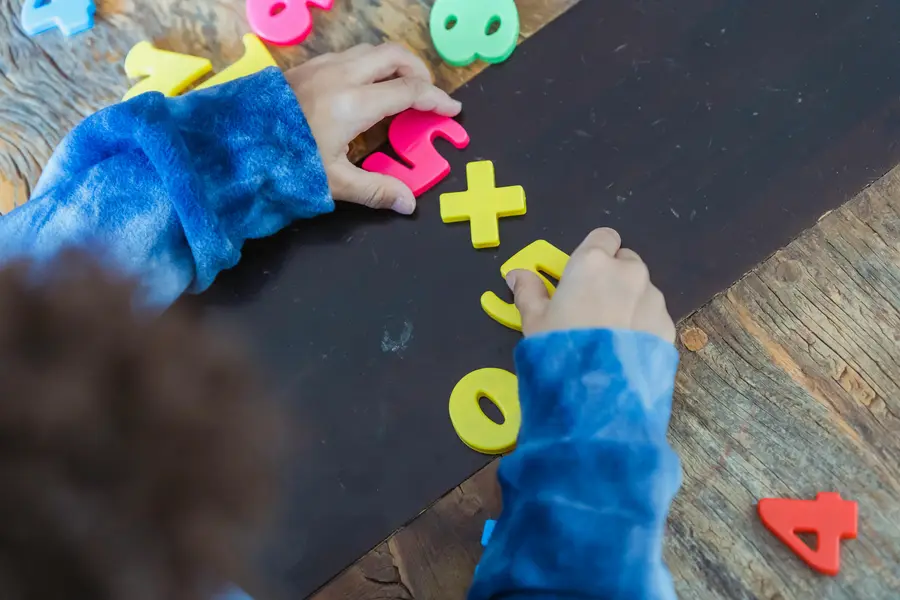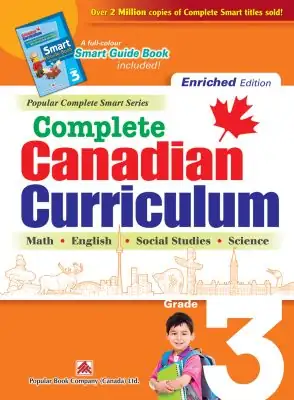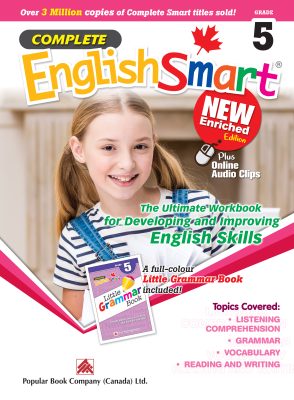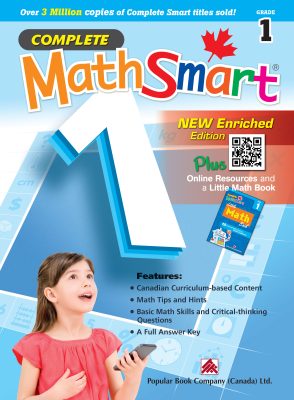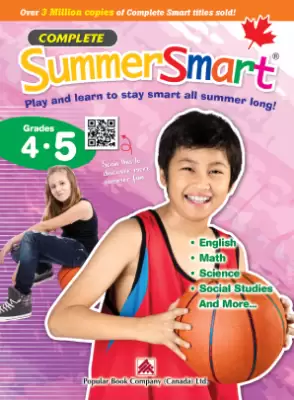As a parent, it’s important to understand the structure and content of the math curriculum your child is learning. The math curriculum in Canada is designed to provide students with a strong foundation in mathematical concepts while fostering critical thinking and problem-solving skills. Here’s a complete guide to help you navigate the Canadian math curriculum and support your child’s learning journey.
The Math Curriculum in Canada
Canada’s math curriculum varies slightly across provinces and territories, but it follows a similar structure. At its core, the curriculum is divided into several key areas:
- Number Sense and Numeration
Students learn to understand and represent numbers, as well as perform basic operations like addition, subtraction, multiplication, and division. By Grade 1, children begin to explore place value, number patterns, and skip counting. - Measurement
This strand focuses on understanding units of measurement, both standard (e.g., centimeters, grams) and non-standard (e.g., using a paperclip to measure length). Children also learn to compare and estimate measurements. - Geometry and Spatial Sense
Students are introduced to shapes and their properties. They learn to identify and classify shapes, as well as recognize symmetry, patterns, and spatial relationships. This foundation prepares them for more complex geometry concepts in later grades. - Patterning and Algebra
Even in Grade 1, children start to recognize patterns in numbers and shapes. They learn about simple repeating patterns and begin to understand the concept of variables and equations in a basic form. - Data Management and Probability
Children explore the collection, organization, and representation of data through graphs and charts. They also learn basic concepts of probability, such as predicting outcomes.
How Parents Can Support Learning
- Be Involved in Homework
While homework is not always assigned in younger grades, when it is, take the time to sit down with your child and help them through math exercises. Use tools like colorful workbooks and interactive apps to make the experience fun. - Ask About What They’re Learning
Take an active interest in your child’s math lessons. Ask them about the topics they’ve been studying in class and how they approach solving problems. Encouraging your child to explain their thought process will boost their confidence and understanding. - Use Everyday Experiences
Incorporate math into everyday activities like cooking, shopping, or planning a trip. For example, ask your child to help you measure ingredients or calculate the total cost of items during a grocery run. - Invest in Quality Learning Resources
Consider purchasing math workbooks and online resources that complement the curriculum. Popular Book Company offers a range of Canadian math workbooks that align with the standards and provide additional practice for your child.
The Canadian math curriculum aims to build a strong mathematical foundation that will support students as they progress through their academic careers. By understanding the curriculum and supporting your child’s learning at home, you’ll help set them up for success.



